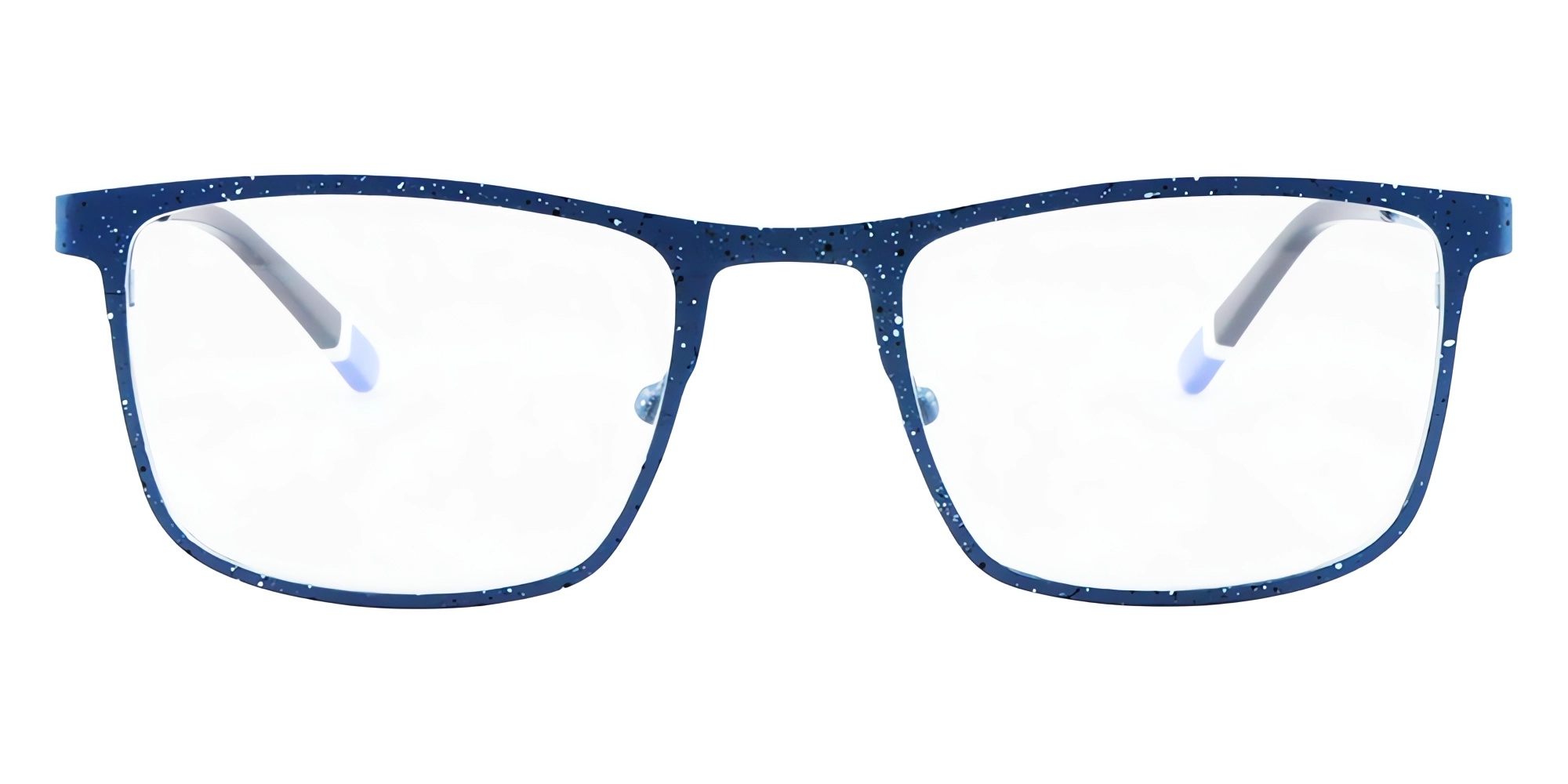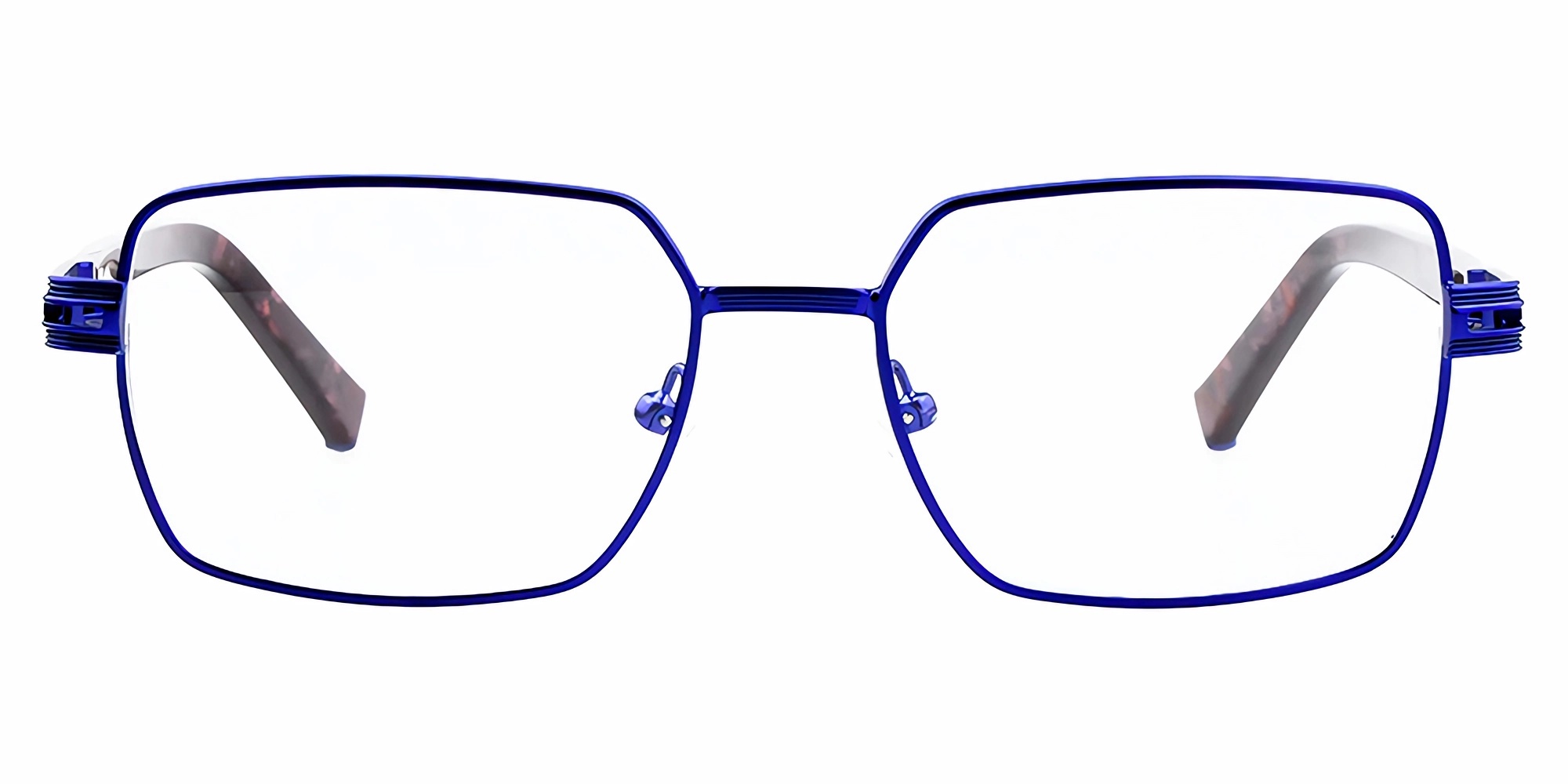All About Hand Made Acetate Glasses And Sunglasses
April 26, 2024
The Acetate Debate
It’s time for you to choose some new eyeglasses. You may feel utterly swamped by the vast selection of frames out there. Perhaps you are feeling overloaded with information from your latest Google searches. What is the best material? Why do I keep running into this word “acetate”? Why are the prices so different between acetate glasses?
Many glasses are made of acetate. But all acetate eyeglasses are not created equal. Let’s start with the basics.
What Are Acetate Glasses?
Acetate is otherwise known as cellulose acetate, zyl or zylonite. Acetate is one of the earliest made synthetic fibers. Remarkably, first used for framing spectacles in the late 1940’s due to problems with previously used plastics. Nowadays it is stunning stuff, with a deep gloss and high transparency. The higher the quality acetate the better the gloss and transparency will look. Wearers often describe the material as a more ‘natural feel’—a first of many differences when compared toto standard plastics.
Acetate is made up of a (bio) polymer derived from wood (tree) pulp and/or natural cotton fibers. These cellulosic fibers have been replaced over the years by cheaper options such as injected nylon and polyester, both of which are petroleum-based plastics. In some cases, nylon is a reasonable material for eyewear—such as for impact or heat resistance in sports eyewear or safety goggles. However, when for fashionable spectacles this material is almost always used to cut cost. The result is a lower quality and less aesthetically appealing final design.
Acetate is vastly preferable for eyeglasses over other plastics for these reasons:
- Does not harm the environment
- Is made from renewable materials
- Is hypoallergenic
- Come in all colors of the rainbow
- Can be made beautifully transparent
- High grade versions are fit adjustable by opticians
These are several strong attributes demonstrating that this plant-based product is highly unique. Today’s premium acetate frames are known for their lightweight thin constructions and strength. Yet they remain flexible with a glass like clarity. Furthermore, they boast the widest range of finishes—from high luster polish, matte, or brushed.
How Are Acetate Glasses Made?
To achieve the highest quality it is very important that the highest grade of cellulose acetate available is used. Hundreds of elaborate processes go into each frame, and a multitude of craftspeople contribute to the final product.
- Acetate Sheets:New acetate combinations are generated by mixing organic colors with acetone and the raw acetate plant based material. Rollers help mix the paste onto already thin flat sheets of acetate to achieve the special color effects. Complex colorations are produced by layering several colors and sandwiching them together or pressing them through a variety of dies. The acetate film may be chopped into small cubes and rollered again. These layers are molded into large blocks. After which technicians intricately slice off single new sheets which are dried in large kilns for several weeks to cure the material.
- Cutting and Forming:The frames are cut to shape using computer controlled mills according to the design input by the technician. The individual frame components are then hand finished by different highly trained technicians. They form the curve of the frame front, press the core wires and hinges into the acetate material. They apply the nose pads and hand finish many other features according to the design.
- Polishing:The frame components are placed in barrels about the size of a washing machine full of wood chips and small stone. The components are tumbled together for many hours. After which, each frame is buffed by hand by an experienced technician to a highly polished luster.
- Assembly:Further technicians fasten the arms to the frames with rivets and tiny screws. Lenses are inserted and the frame adjusted and cleaned.
The level of experience of the craftsperson of each step above has a direct impact on the finish quality of a frame. Investing in quality craftsmanship results in a well-made frame.
Comparison of Eyeglass Frame Materials
Clear Acetate Glasses Frames
Although clear glasses frames have been around for many years, they just recently gained in popularity. Crystal-clear acetate eyeglasses are BIG news this season. Not only a cool alternative to rimless frames, but you can share their eco-friendly and renewable energy roots with pride.
Frames like Platte in Diamond or Richmond in Citrine are handcrafted from first class acetate in a thrilling translucent finish. Being colorless or with a slight tint, they are almost invisible from afar. While many of us are used to choosing bold frames in darker colors, this translucent trend is not to be missed. Clear framed glasses go well with almost any complexion and outfit. The ultimate, timeless piece.
Colored Acetate Glasses Frames
Acetate retains its vibrant color over time due to its hue being embedded in the material, as opposed to being sprayed on. This technique also prevents any color peeling. Unique aging stabilizers in acetate further prevent fading or discoloration from skin contact or UV light.
If you prefer dark colors then check out laminated versions with the light colors on the interior side, which can make your eyewear ‘vanish’ from your visual field when you wear them. On the other hand, an all-black frame may appear more visible at all times on both interior and exterior sides.
Adulate Acetate
When considering acetate over other materials, it may be worth asking yourself the following questions:
- Is your frame produced sustainably and with limited effect on our planet?
- Is your frame built to last and features a long pedigree?
- Is your frame able to provide a rich and lasting color?
- Is your frame premium handmade quality?
Although frames are all considered the same product, they have HUGE differences. Think of the ethos behind our coffee analogy. Finally, whether you wish to frame your face with symmetrical square, preppy round, slanted cat eye or something in between, we strongly suggest exploring acetate frames. They really are quite a spectacle…






